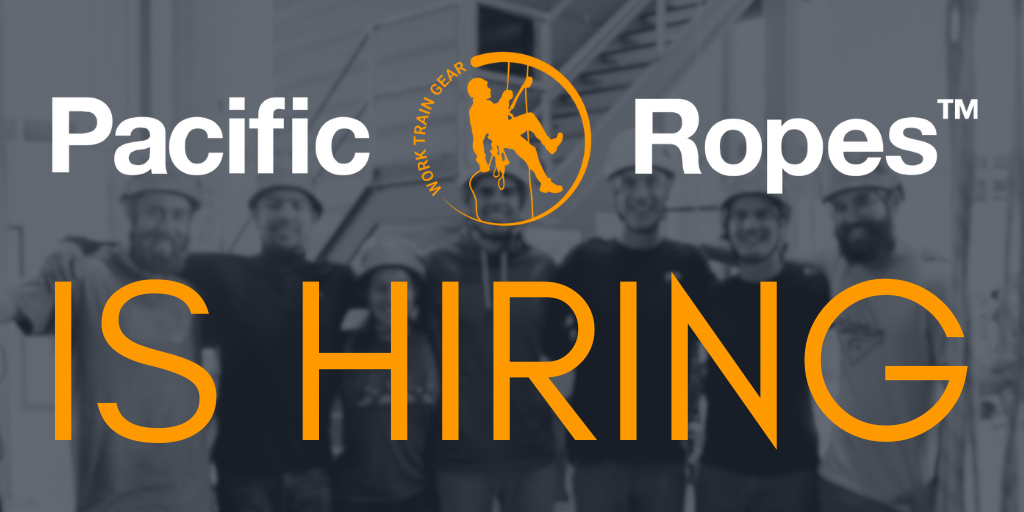Last but not least, the fifth safety component of the Rope Access system is equipment management.
Although Rope Access derived from climbing and caving, many gear manufacturers realized the need for the Rope Access industry to have specialized industrial gear.
In Rope Access, we treat our gear with extra special care!
From the time a piece of Rope Access gear is ordered from the supplier, a file is created for that one single piece of gear. The information recorded for each piece of gear includes the date of purchase, manufacturing date, it’s specific identification number, colour, material, supplier, manufacturer, the date of service, breaking strength, what certifications it holds, and the date it was taken out of service.
In addition to all these details, each piece of gear will have its own inspection history. The date it was inspected, what the results are, and who performed the inspection. We also note which job sites this piece of gear has been on and how long it was used before coming back to our warehouse. This system is in place so that if you were to pick up any piece of equipment, we can tell you its history, where it’s been, how long it’s been used, and how many times it’s been inspected.
All Rope Access equipment must be inspected every six months or fully inspected each time it is mobilized or demobilized on a job. Any equipment that fails inspection gets put in a separate quarantined area and is then either repaired, recycled, or disposed.
In the Rope Access Operating Procedure, a breakdown of how each piece of Rope Access equipment is to be inspected is provided. The RAOP describes how parts of the gear should operate, what they should look like, and how to decide if that piece of gear is no longer effective.
Another important procedure we follow is that ALL gear must be used according to the manufacturer specifications. These manufacturer specifications are printed and made available on site, in the office, and in the equipment storage area. No piece of equipment can be used outside of these specifications. When needed, training will always be provide to technicians by an L3 expert should they not feel confident or competent with using any piece of equipment.
How we maintain, store and inspect our equipment as well as how we use our equipment adds to the safety of the Rope Access system. Learning how to correctly use the equipment is comprehensively taught during Rope Access training; however, the upkeep and equipment procedures are outlined in a Rope Access company’s RAOP. If you are considering using Rope Access on site, you can always ask for your Rope Access company’s RAOP to ensure that their equipment procedures meet the safety standards discussed here.
Read more about Rope Access Safety here



